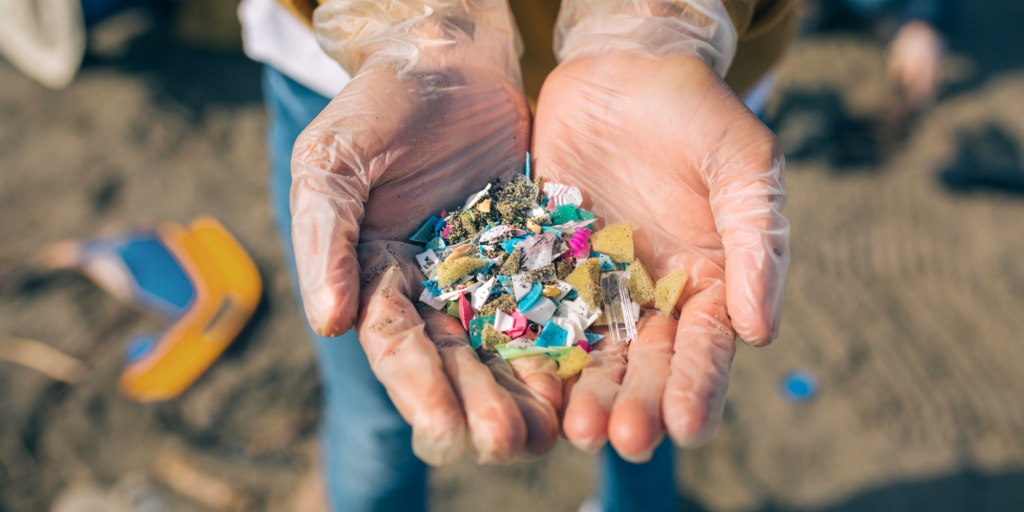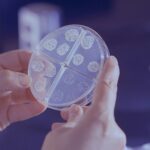In 2015, when a photograph of an olive Ridley turtle with a straw stuck in its nose went viral, it marked the beginning of a global movement towards making eco-friendly choices. However, ten years on, while there has been some progress, we still produce about 400 million tons of plastic waste each year, globally.
What are microplastics?
When plastics break, or when they are exposed to high heat or UV radiation, tiny fragments called microplastics (less than 5 mm in diameter) and nanoplastics (10-100 um in size) are released. These micro- and nanoplastics (MNPs) can be ingested, inhaled or absorbed through the skin. In fact, MNPs have been found in human saliva, breast milk, blood, feces samples, and organs such as lungs, liver and spleen.
The major source of MNPs is the oceans – specifically plastic waste released by manufacturing industries have made their way into our rivers and oceans, thereby endangering aquatic life, and subsequently, humans. It is not just seafood which is affected, since MNPs have been found in milk, honey and bottled mineral water. A recent study has found that MNPs are found even in chewing gum.
How do MNPs affect our health?
Unfortunately, scientific studies examining longitudinal effects of microplastic exposure on human health are limited. However, from studies on cell lines and animal models, it is evident that MNP exposure results in oxidative stress, inflammation and cell death. In addition, a recent study found that cardiac patients exposed to microplastics (determined by microscopic and radiographic examination of carotid artery plaques) had a higher risk of death by heart attack, stroke or any other cause, than the patients who were not exposed. Another meta-analysis found that microplastics are a risk factor for Inflammatory Bowel Disorder (IBD), colorectal cancer, lung cancer, pneumonitis, and degenerative neurological disorders. In a dramatic case, six patients suffering from a rare disease called obstructive bronchiolitis, were all found to be long-term workers in glass-fiber plastics factories.
While all of this sounds scary, it should be noted that there is no conclusive evidence to suggest a causative link between microplastics and these health issues. Nonetheless, the threat of plastic pollution is imminent and needs the whole of humanity to step up efforts for effective management.
What can we do to reduce plastic waste?
A new technology called bioplastics, which are plastic-like material made from algae, plants and plant products promises an environmentally-friendly solution. Even as research into this field gains speed, we must make behavioral changes as a society, and demand our governments to opt for policies that tackle this problem from the top. For example, France has become the first country to mandate that washing machines be fitted with microfiber filters, since synthetic clothes release microfibers. Many countries, including some states in India, impose bans on single-use plastic (like plastic bags), whereas some countries like Italy impose heavy fines on their use. Nevertheless, for these policies to be effective, a change in mindset is a necessity.
Finally, international collaboration will be key. The plastic waste problem is a global issue, and only through global cooperation can we truly tackle it. In fact, the UN’s Global Plastics Treaty initiative is a promising step toward creating binding regulations that can help reduce plastic pollution worldwide. While we are still in the early stages of the treaty, it signals that the world is beginning to acknowledge the scale of the issue and the need for coordinated action.
At Diverge, we are excited about the potential to change mindsets through effective science. By combining policy changes, technological advances, and individual actions, we can move toward a future where managing plastic waste is a thing of the past.







